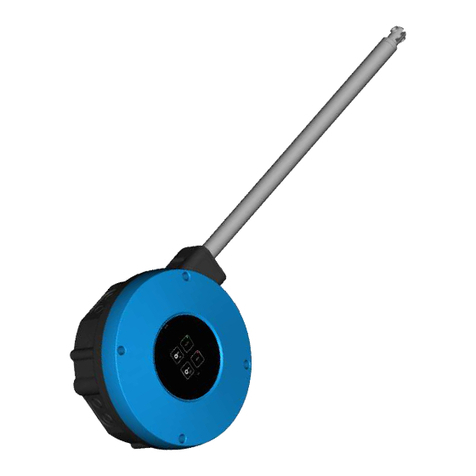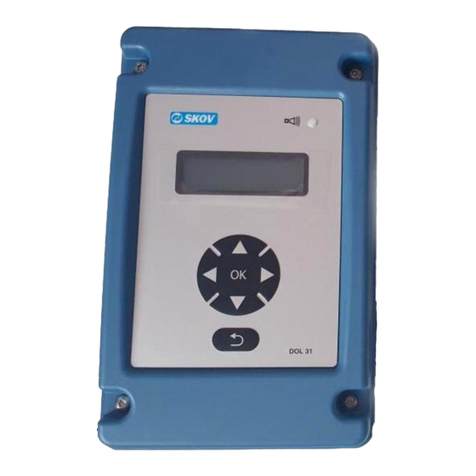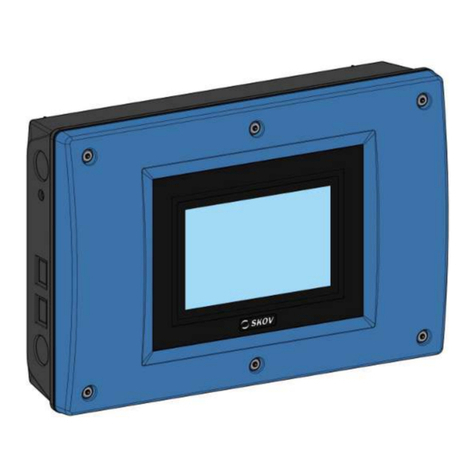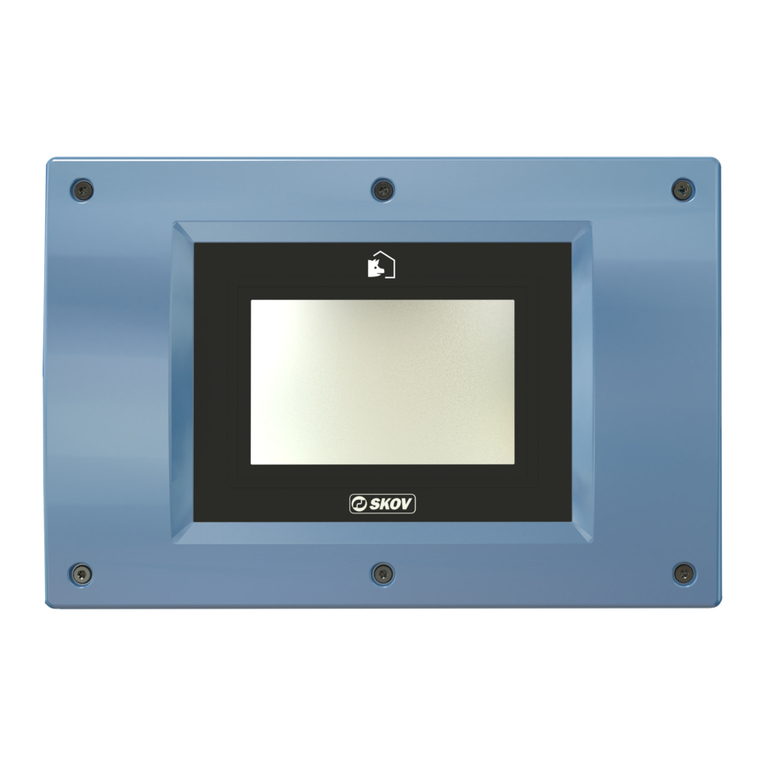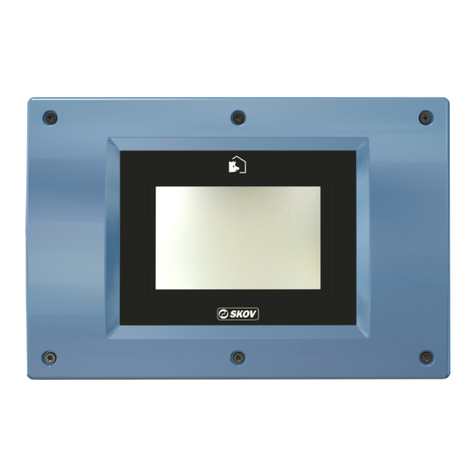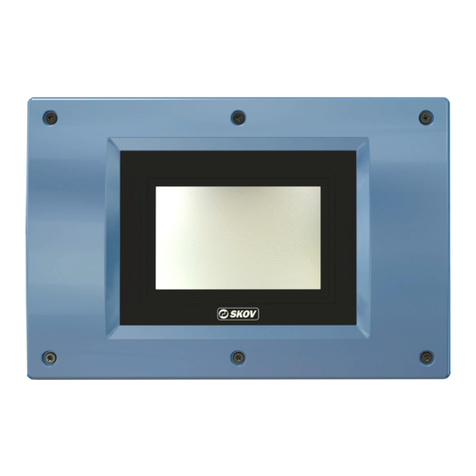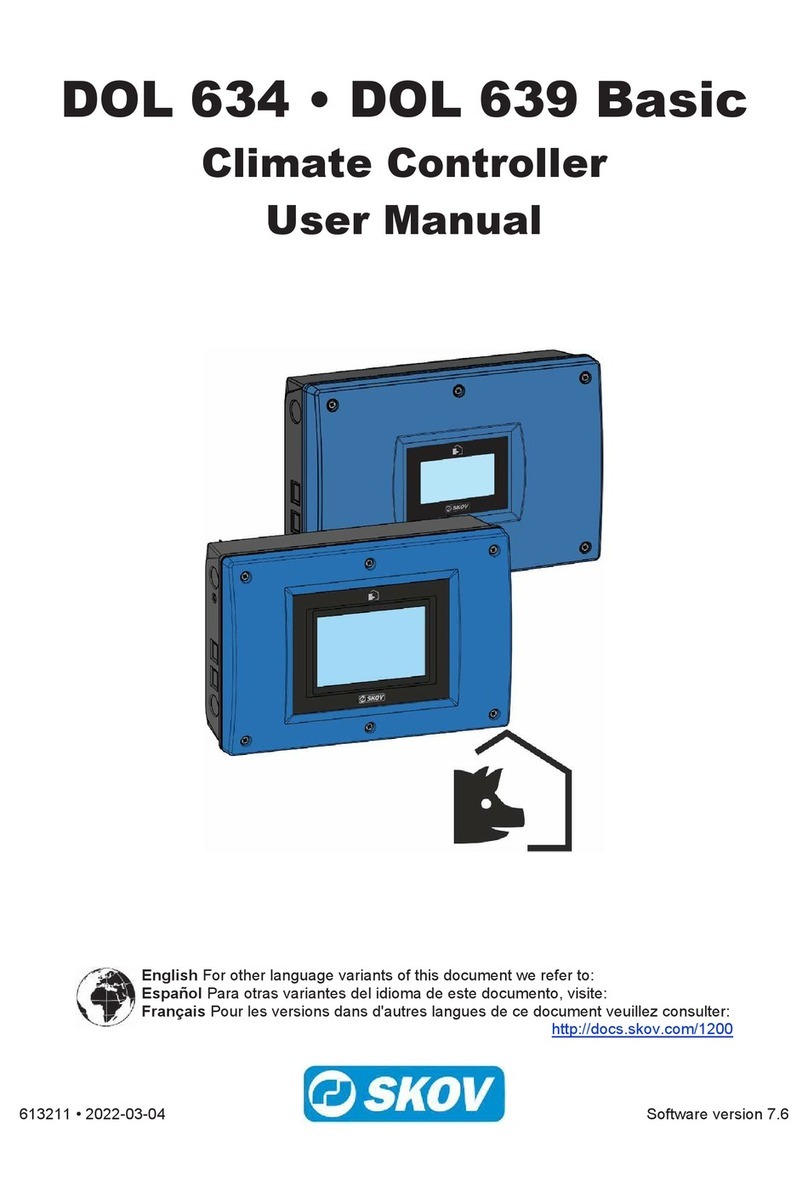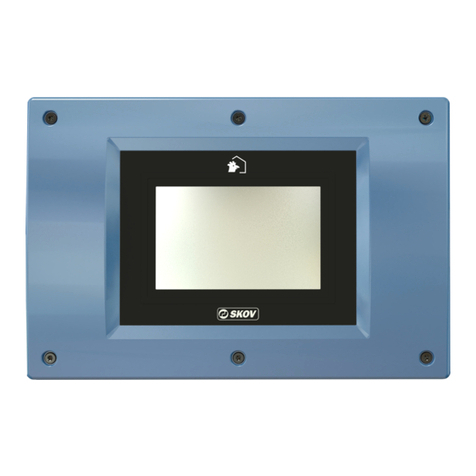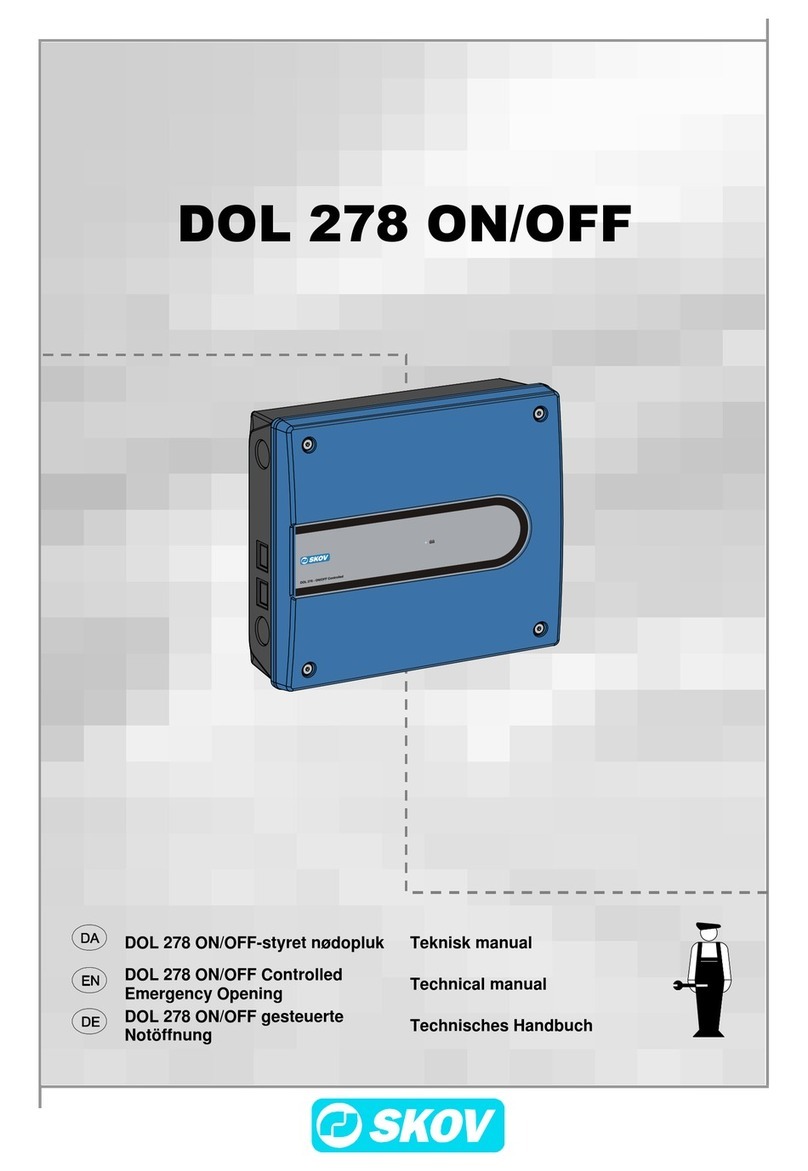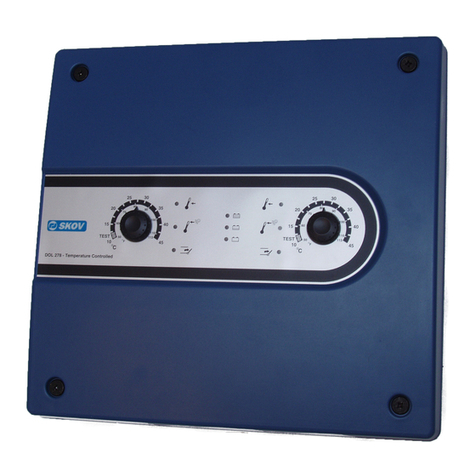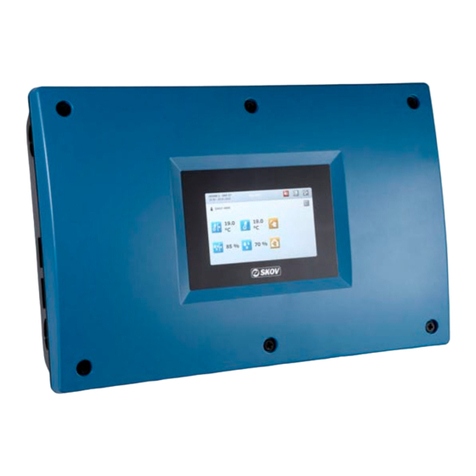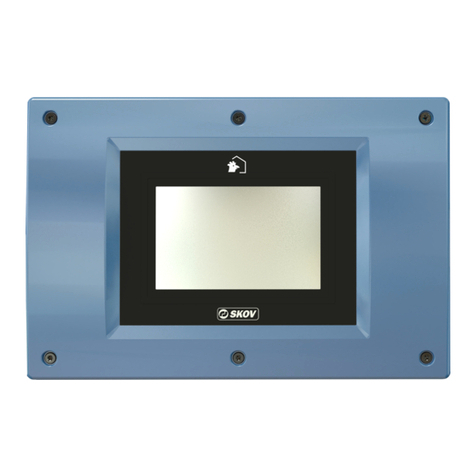
DOL 834 CE
9.6 Climate ...................................................................................................................................... 34
9.6.1 Central air intake........................................................................................................................ 34
9.6.2 Central exhaust.......................................................................................................................... 34
9.6.2.1 Air outlet..................................................................................................................................... 34
9.6.2.1.1 Speed control............................................................................................................................. 34
9.6.2.1.2 Dynamic MultiStep ..................................................................................................................... 34
9.6.2.1.3 Dynamic Air at central exhaust .................................................................................................. 37
9.6.3 Active functions in the event of control failure............................................................................ 38
9.7 Management ............................................................................................................................. 38
9.7.1 Set up equipment monitoring ..................................................................................................... 38
9.7.2 Auxiliary ..................................................................................................................................... 38
10 Calibration..................................................................................................................................................... 39
10.1 Calibration ................................................................................................................................ 39
10.2 Calibration of current sensor.................................................................................................. 40
11 Testing........................................................................................................................................................... 41
11.1 Testing basis components...................................................................................................... 41
11.1.1 Testing temperature and air humidity sensors........................................................................... 41
11.1.2 Testing Alarm............................................................................................................................. 41
11.2 Testing optional components: Manual control ..................................................................... 41
11.2.1 Testing climate functions ........................................................................................................... 42
11.2.1.1 Testing the central air intake...................................................................................................... 42
11.2.1.2 Testing of central exhaust.......................................................................................................... 42
11.2.1.2.1 Stepless fans ............................................................................................................................. 42
11.2.1.3 MultiStep .................................................................................................................................... 43
11.2.2 Testing management functions.................................................................................................. 44
11.2.2.1 Testing of current sensor ........................................................................................................... 44
11.3 Testing network connection ................................................................................................... 44
12 Service........................................................................................................................................................... 45
12.1 Settings..................................................................................................................................... 45
12.1.1 Climate....................................................................................................................................... 45
12.1.1.1 Setting of exhaustion (MultiStep) ............................................................................................... 45
12.1.1.2 Setting of heating ....................................................................................................................... 46
12.1.2 Network settings ........................................................................................................................ 46
12.1.3 UTC time.................................................................................................................................... 47
12.2 Display ...................................................................................................................................... 47
12.3 Backup ...................................................................................................................................... 47
12.3.1 Backup of historical data............................................................................................................ 48
12.3.2 SD card and USB stick .............................................................................................................. 48
12.4 Software update ....................................................................................................................... 50
12.4.1 Preparing for a software update................................................................................................. 50
12.4.2 Carrying out the software update............................................................................................... 51
12.4.3 Check after software update ...................................................................................................... 52
12.5 Control parameters.................................................................................................................. 52
12.5.1 Control parameters .................................................................................................................... 52
12.6 Adjustment of pressure........................................................................................................... 54
12.6.1 Adjustment of stepless unit ........................................................................................................ 54
12.6.2 Adjust pressure .......................................................................................................................... 55
12.7 System ...................................................................................................................................... 55
12.7.1 Resetting data............................................................................................................................ 55
13 General .......................................................................................................................................................... 57
13.1 About......................................................................................................................................... 57
14 Troubleshooting instructions ..................................................................................................................... 58
Technical User Guide







